It is logical to expect that commodity prices and equity prices are causally linked. It is simply a question of supply and demand. In an expanding economy, demand for commodities should increase and in a contracting economy, demand should decrease. Prices should respond accordingly. As a result, the MarketWatch article by Simon Maierhofer titled "Will the commodity crisis infect stocks" got my attention.
In the article, Maierhofer looks at five periods of declining commodity prices in the past 35 years: 1980-1982, 1984-1986, 1997-1998, 2008-2009, and 2014-2015. He reports that commodities and stocks both declined in only two of the periods: 1980-1982 and 2008-2009 and concludes that "History disagrees with the seemingly logical conclusion that falling commodity prices foreshadow falling stock prices."
Unfortunately, I have to strongly disagree with his conclusion, even using his own charts. Look closely at what happened shortly after the period 1984-1986. Does anyone remember the stock market crash of 1987? It sure would have been nice to get a warning of the impending crash, which is exactly what the commodity market provided.
What about the period of 1997-1998? While the lead time was a little longer, the decline in commodity prices correctly foreshadowed the 2000 recession and the resulting bear market that ensued.
Upon closer examination, four out of the five periods mentioned by the author corresponded to simultaneous or subsequent declines in the US stock market. That leaves us with the 2014-2015 period...
I never put too much stock in any one indicator, but the underlying forces of global supply and demand have similar effects on both stock and commodity markets. That makes the recent decline in commodity prices extremely troubling. The fact that commodity prices peaked in April 2011 suggests that the equity markets are long overdue for a correction.
Print and Kindle Versions of Brian Johnson's 2nd Book are Available on Amazon (75% 5-Star Reviews)
Print and Kindle Versions of Brian Johnson's 1st Book are Available on Amazon (79% 5-Star Reviews)
Trader Edge Strategy E-Subscription Now Available: 20% ROR
The Trader Edge Asset Allocation Rotational (AAR) Strategy is a conservative, long-only, asset allocation strategy that rotates monthly among five large asset classes. The AAR strategy has generated annual returns of approximately 20% over the combined back and forward test period. Please use the above link to learn more about the AAR strategy.
Brian Johnson
Copyright 2015 - Trading Insights, LLC - All Rights Reserved.




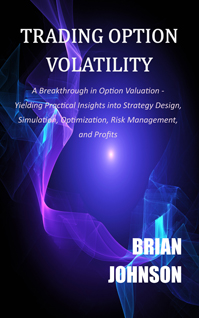
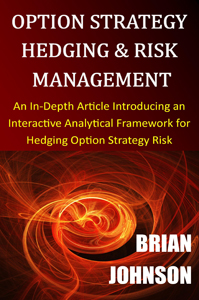
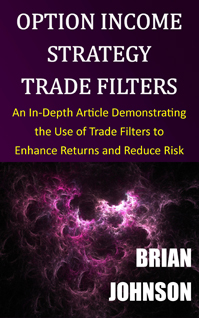
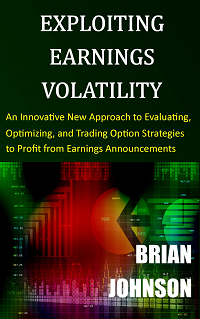
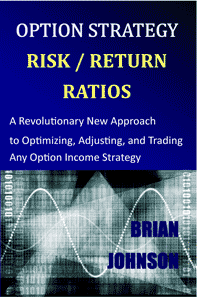


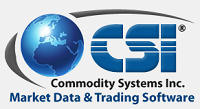
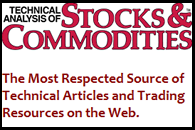
Pingback: Commodity Bloodbath in 2015 | Trader Edge